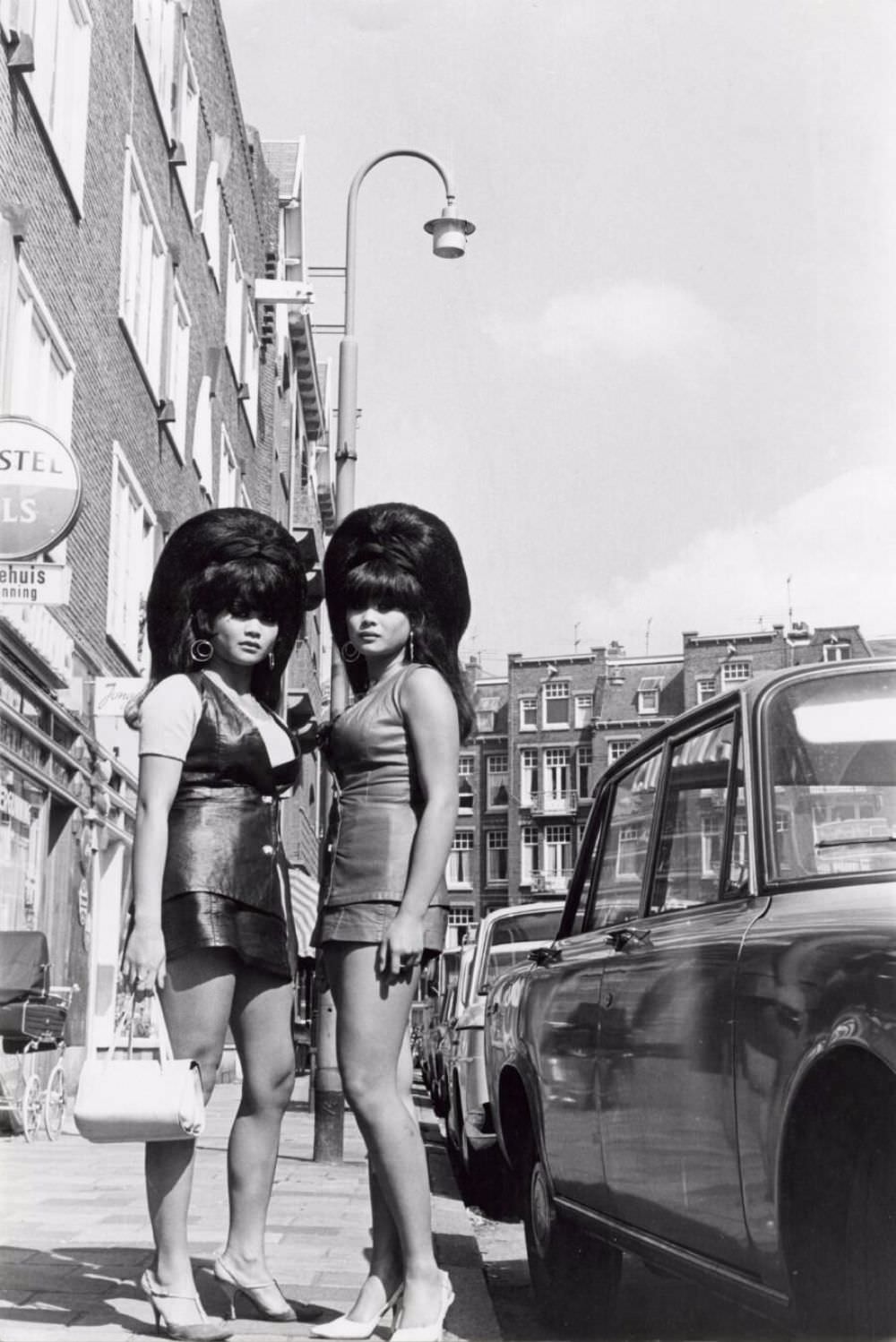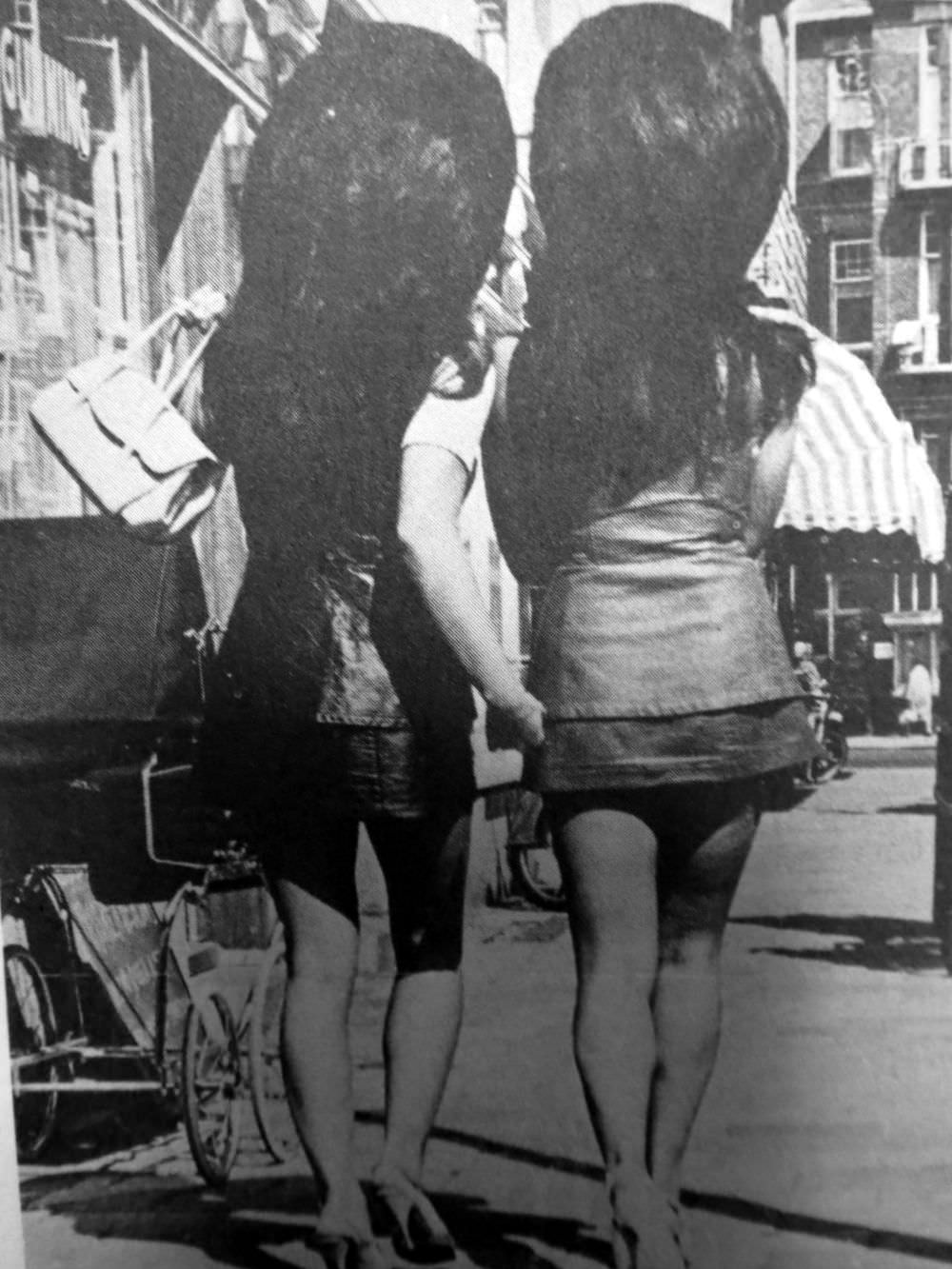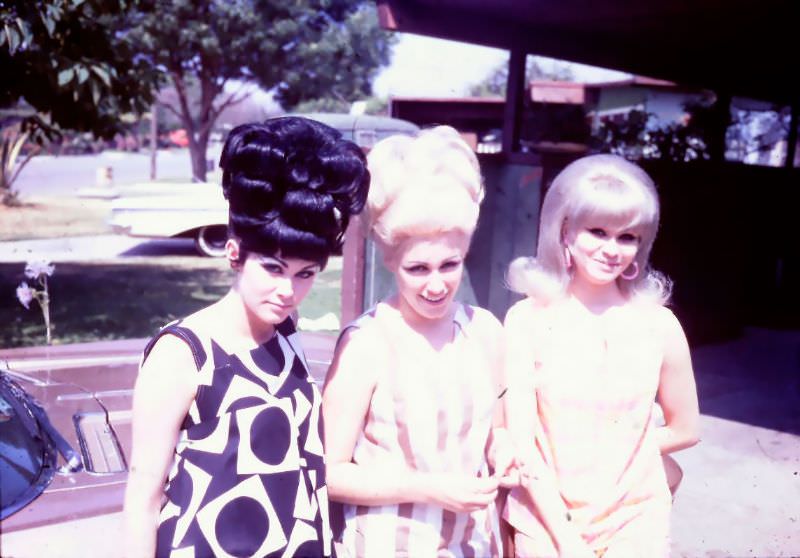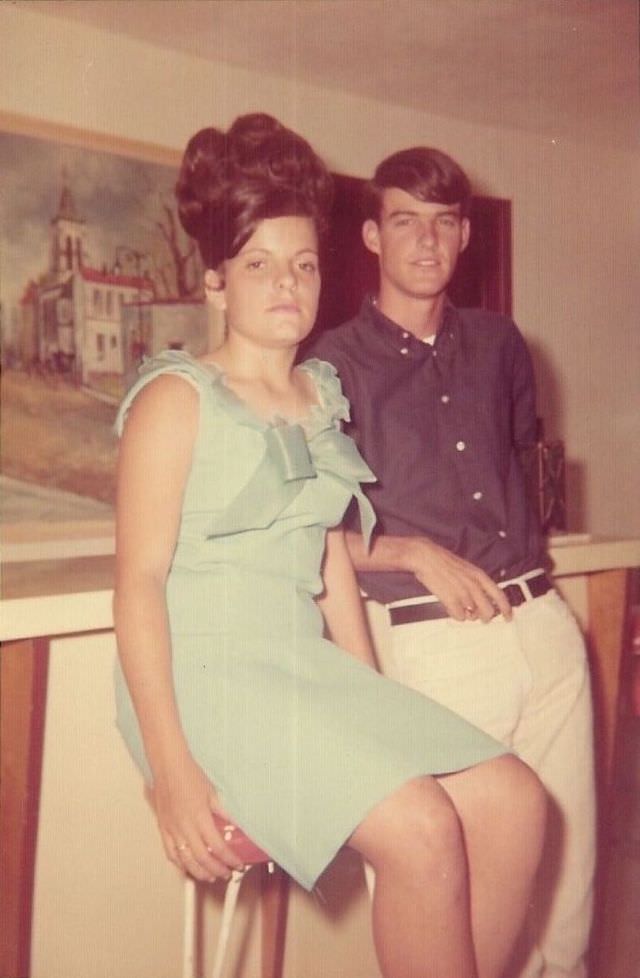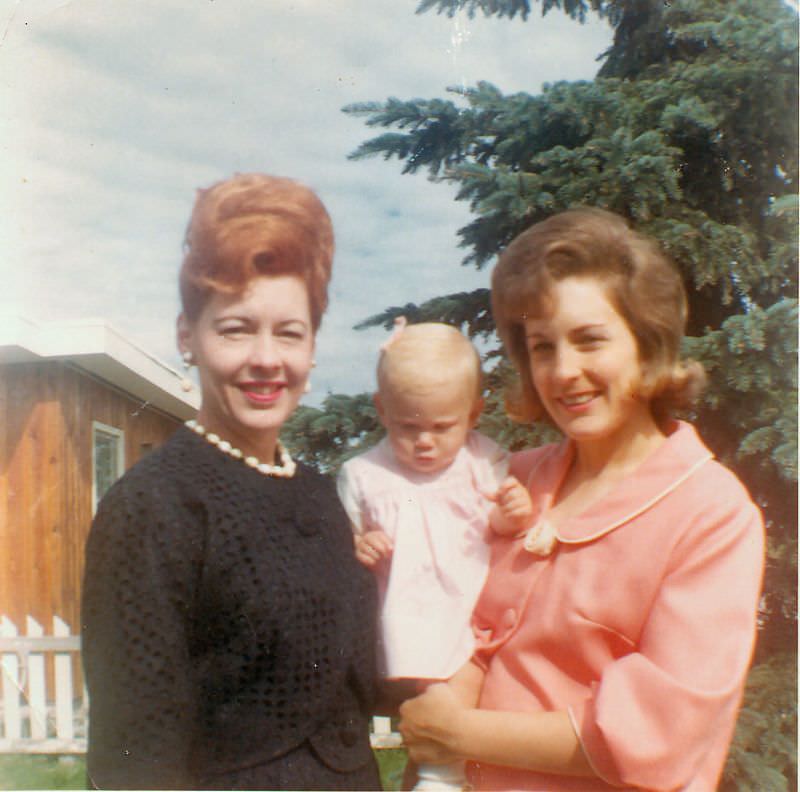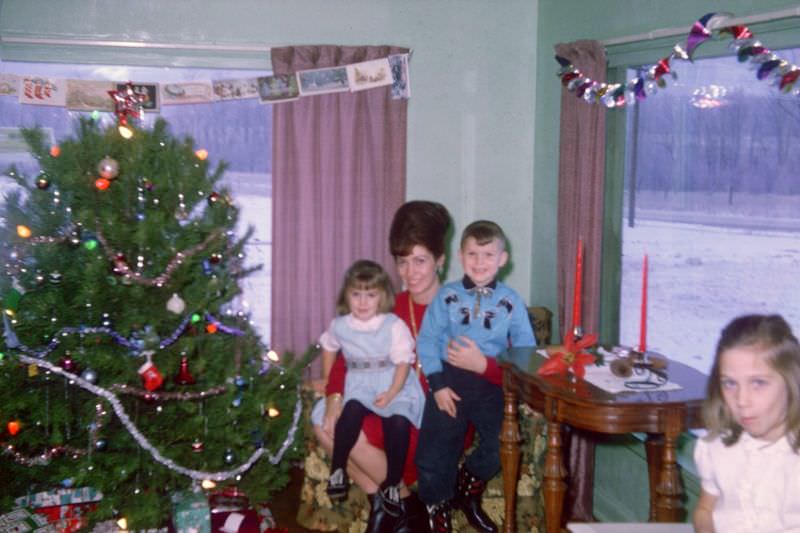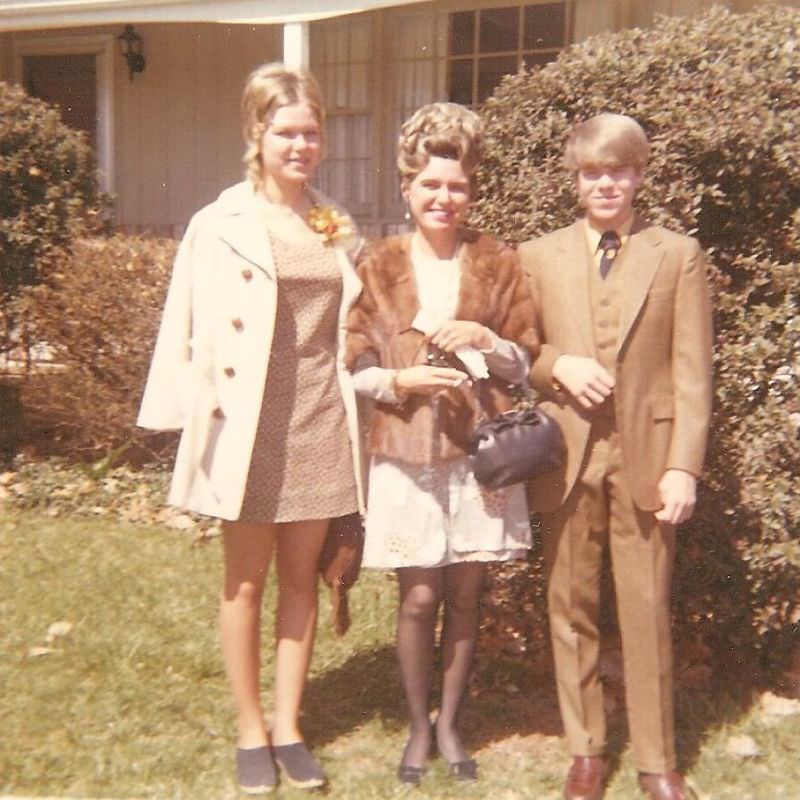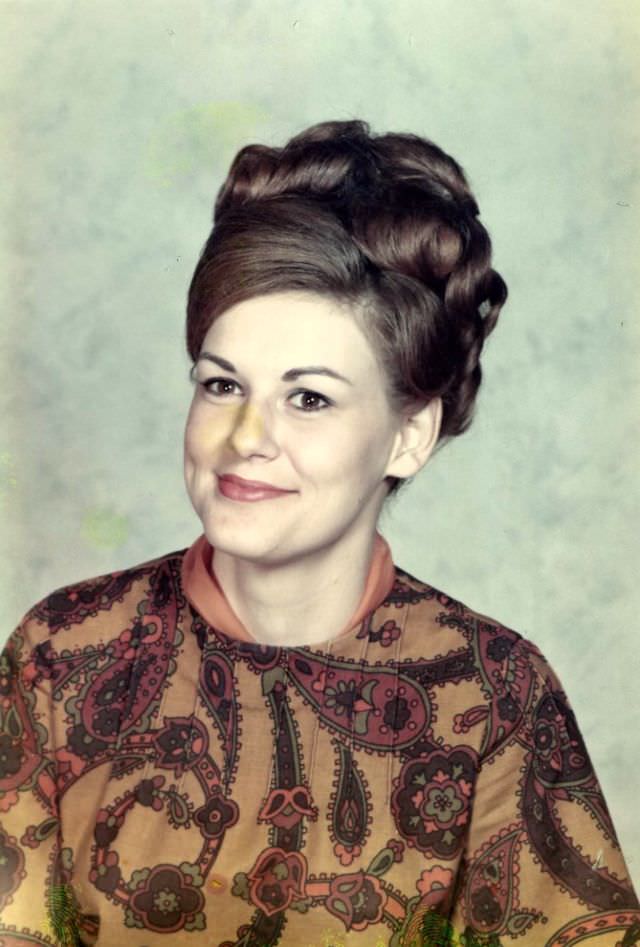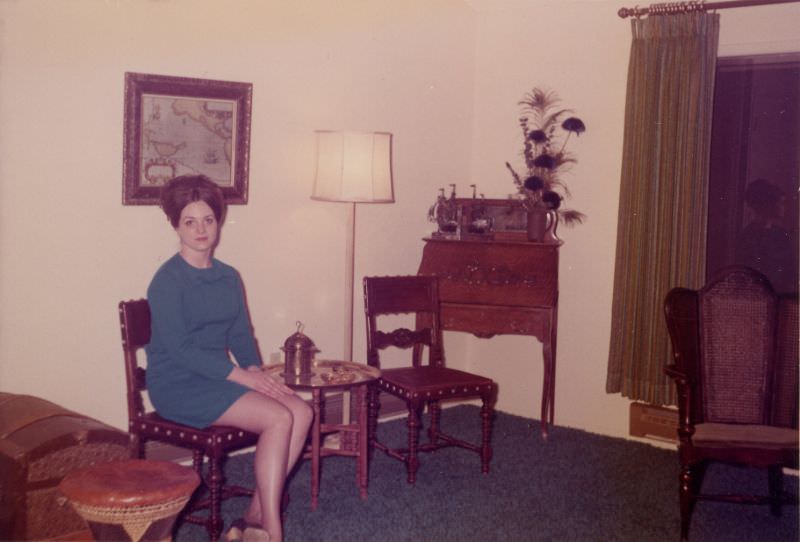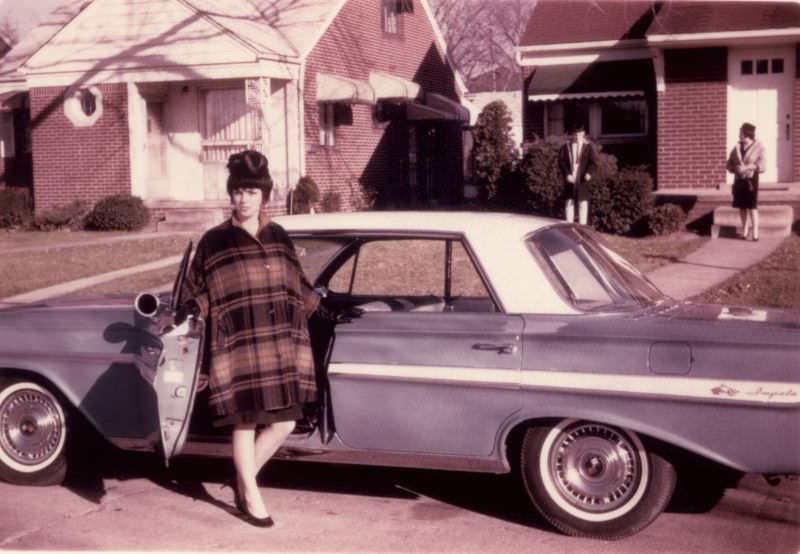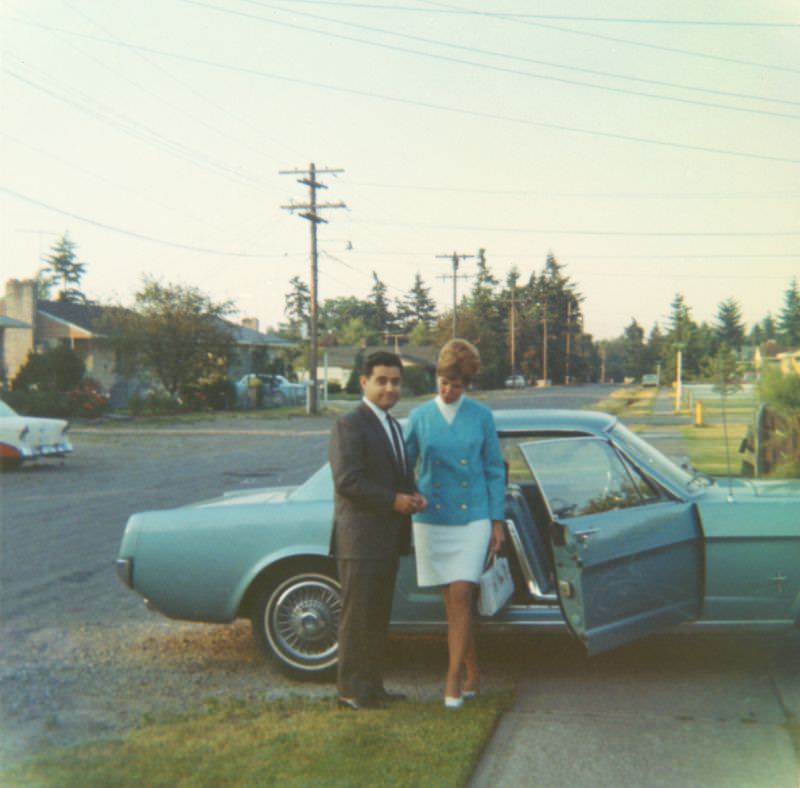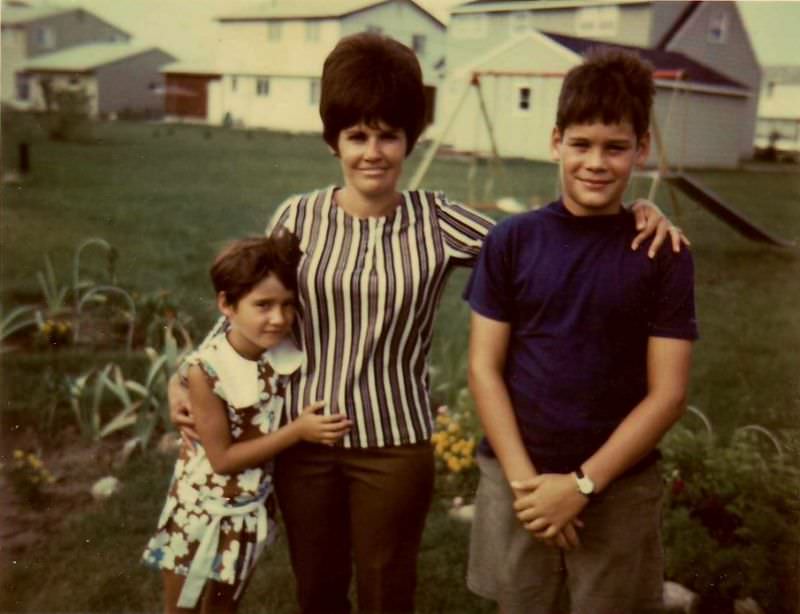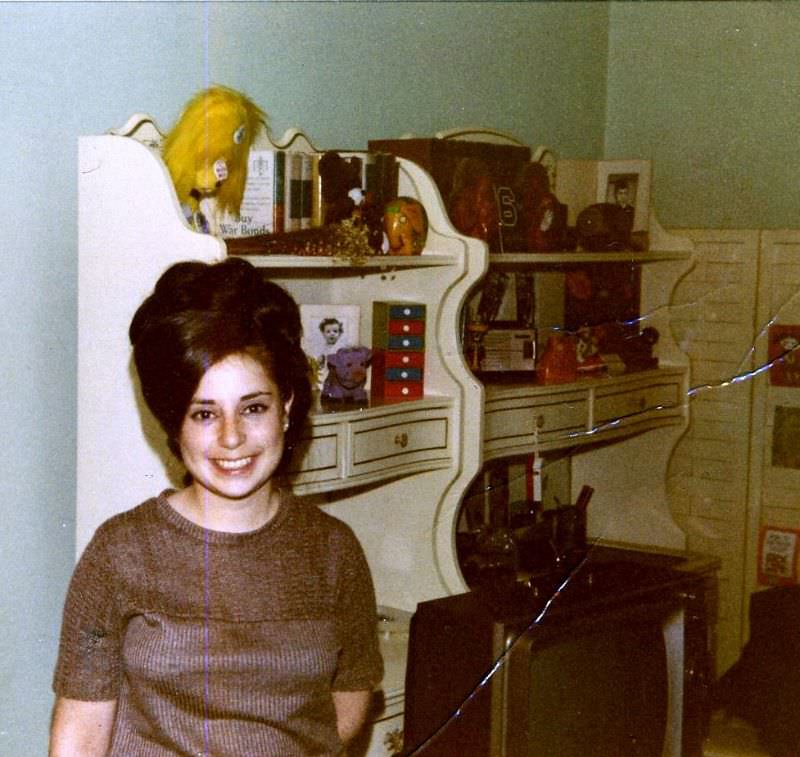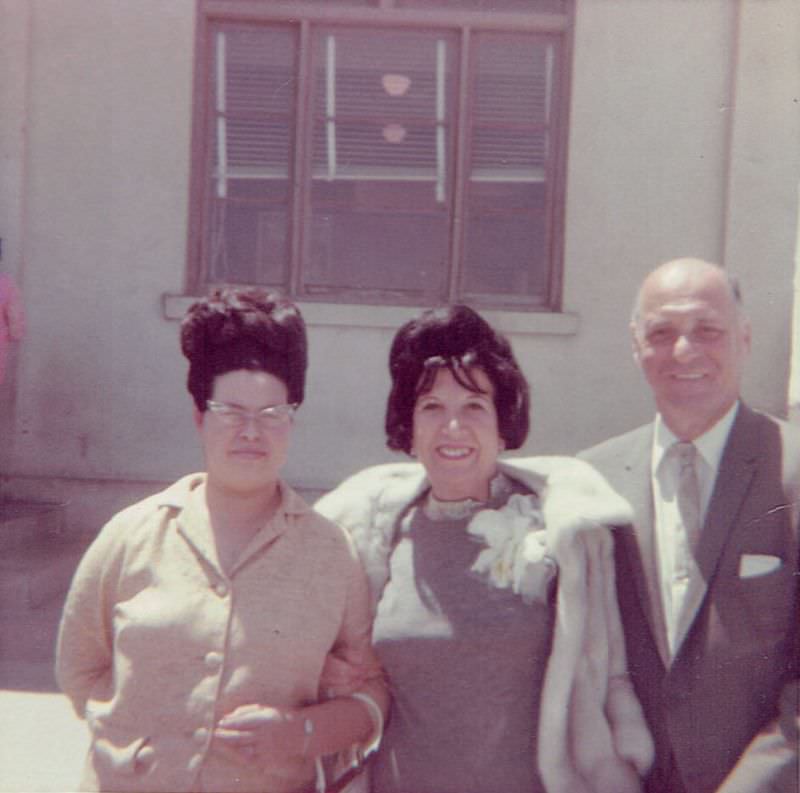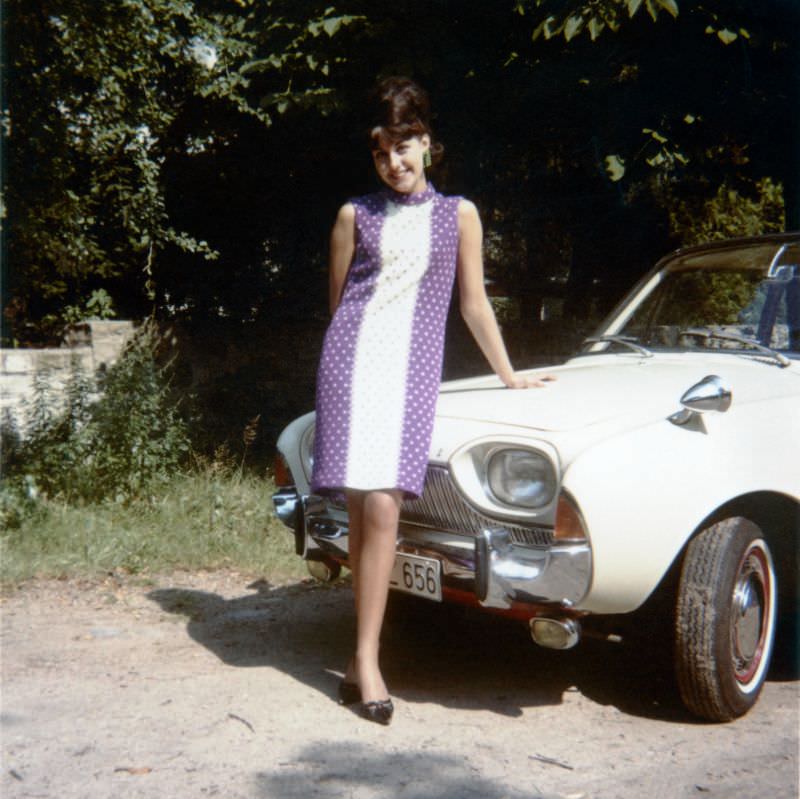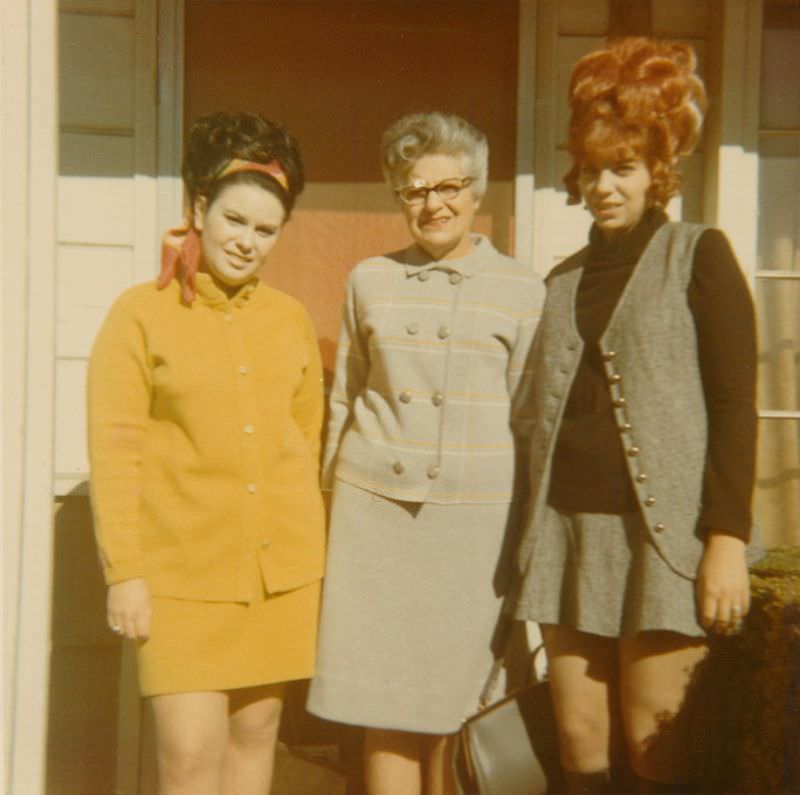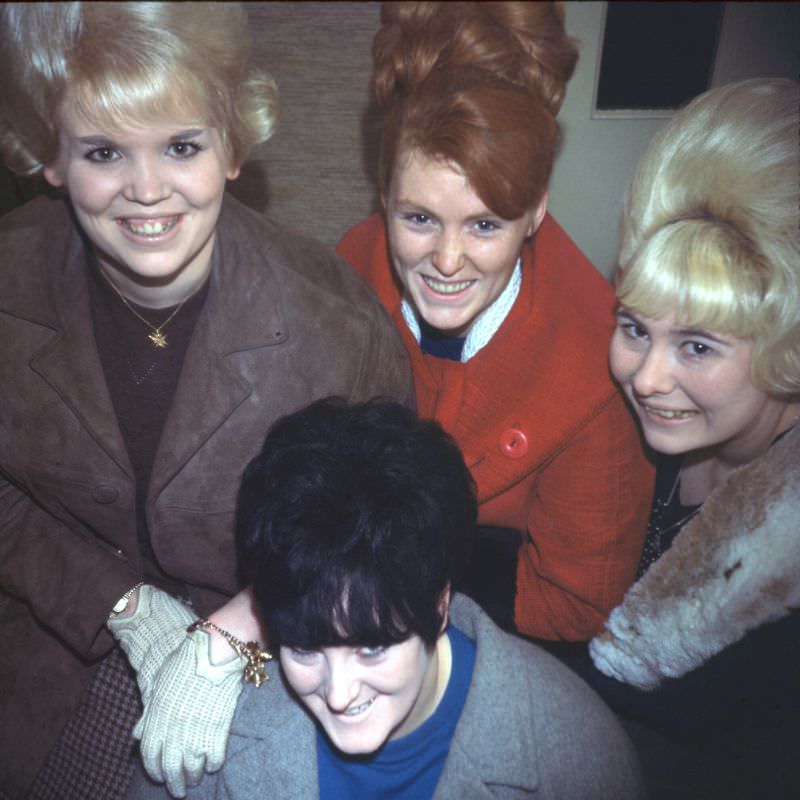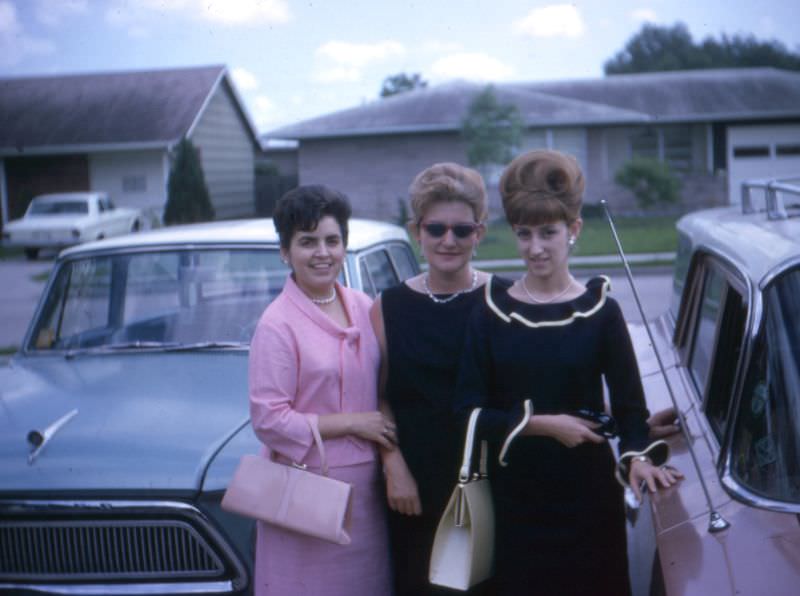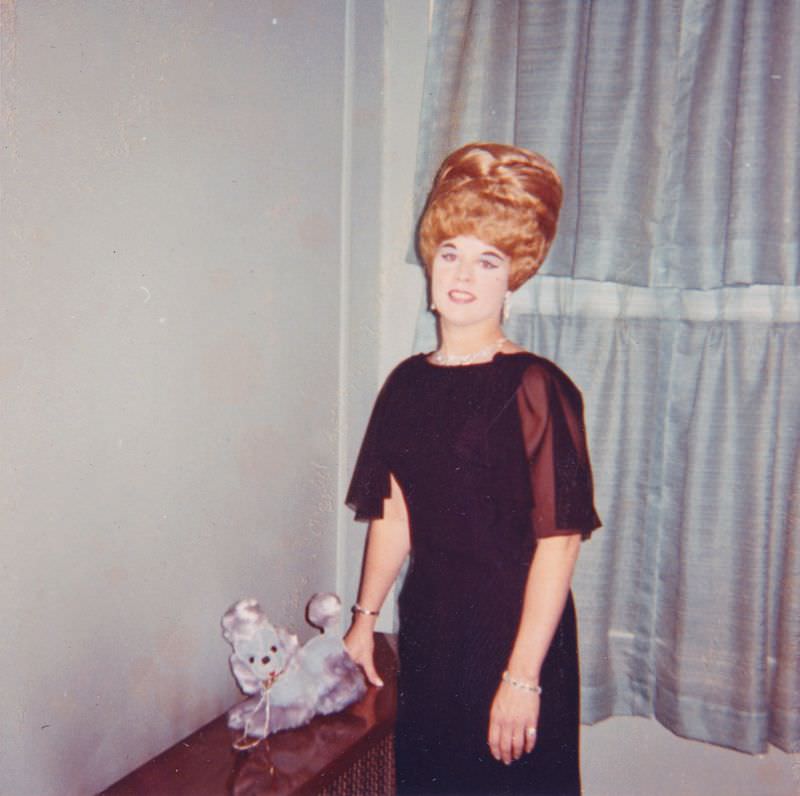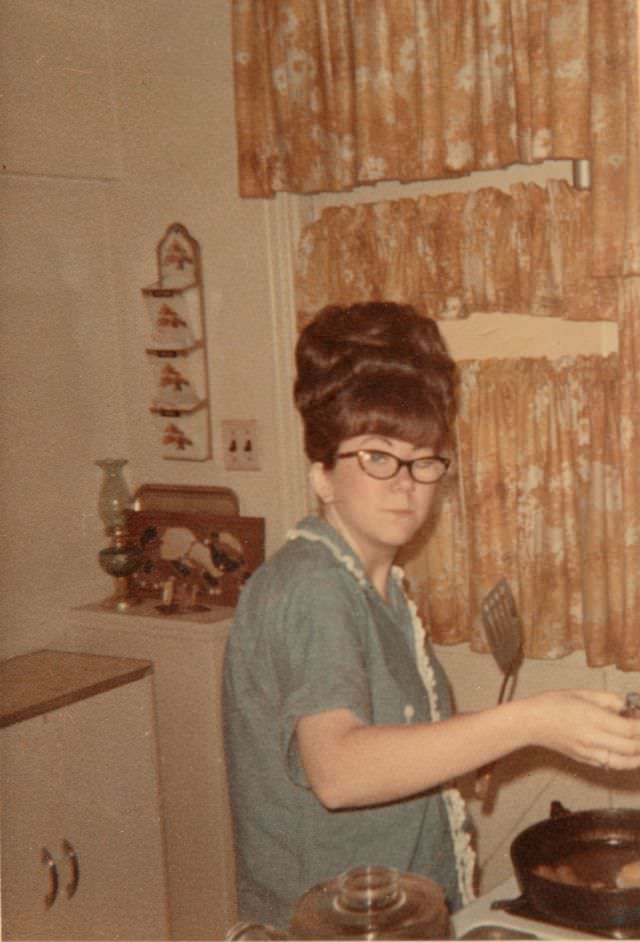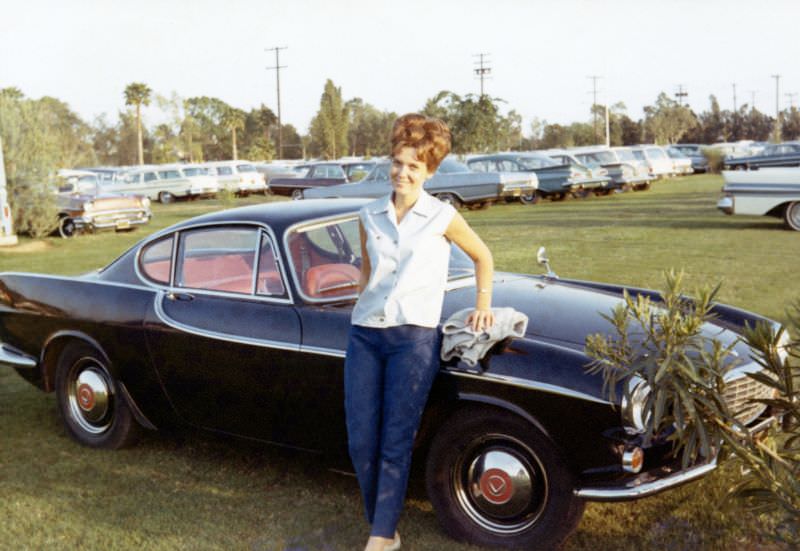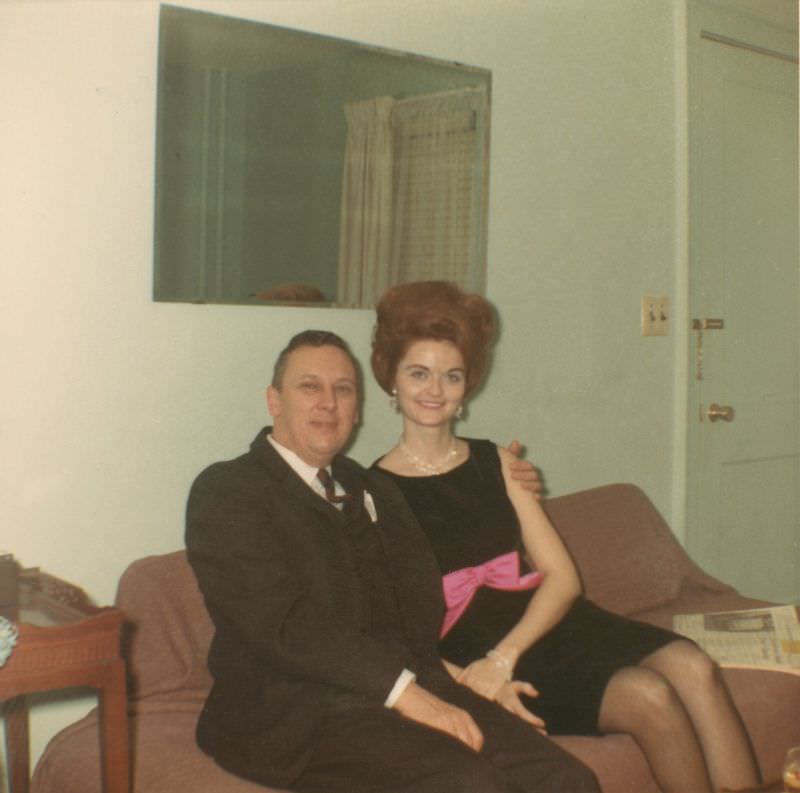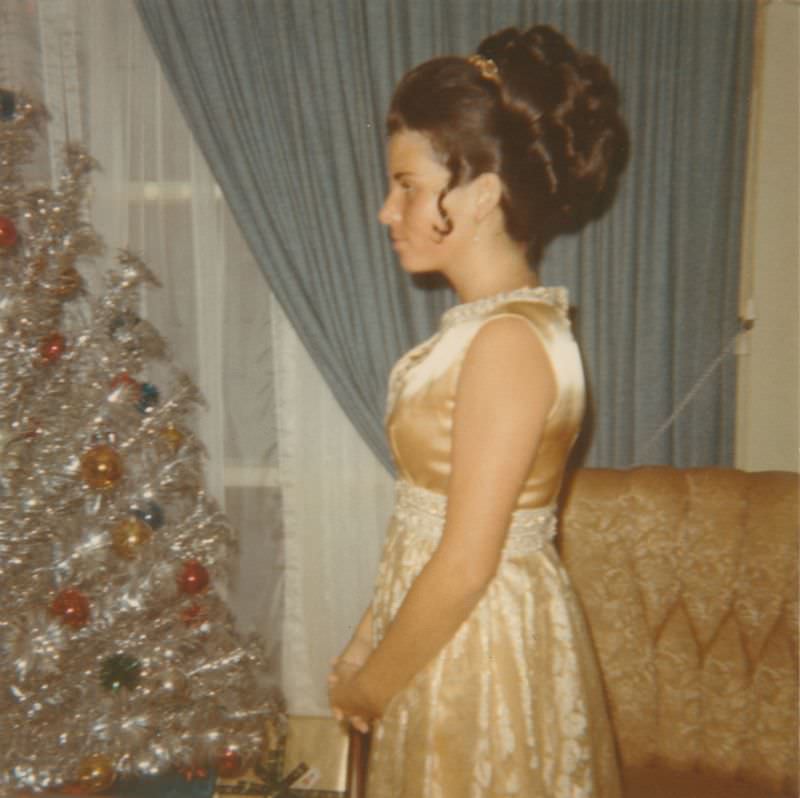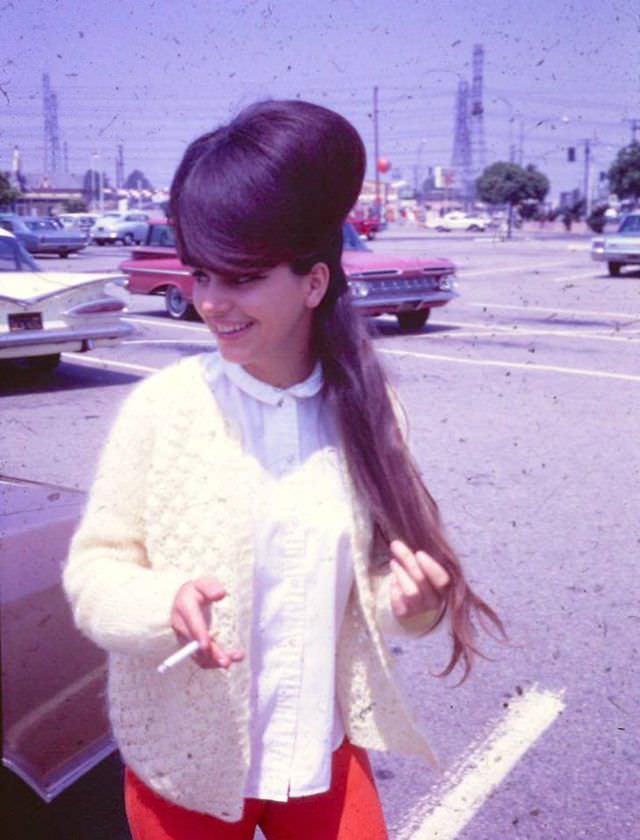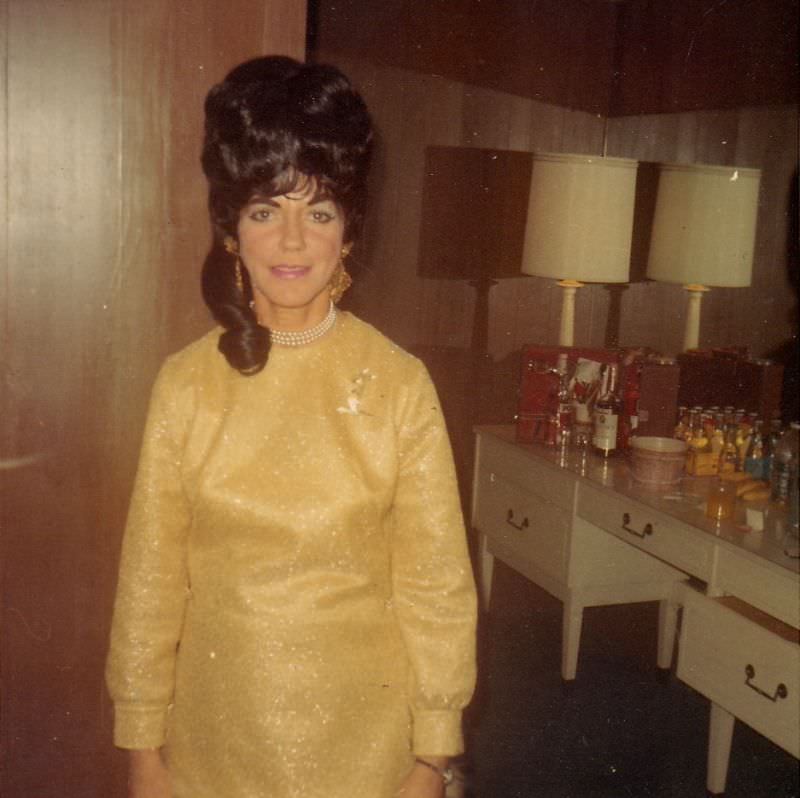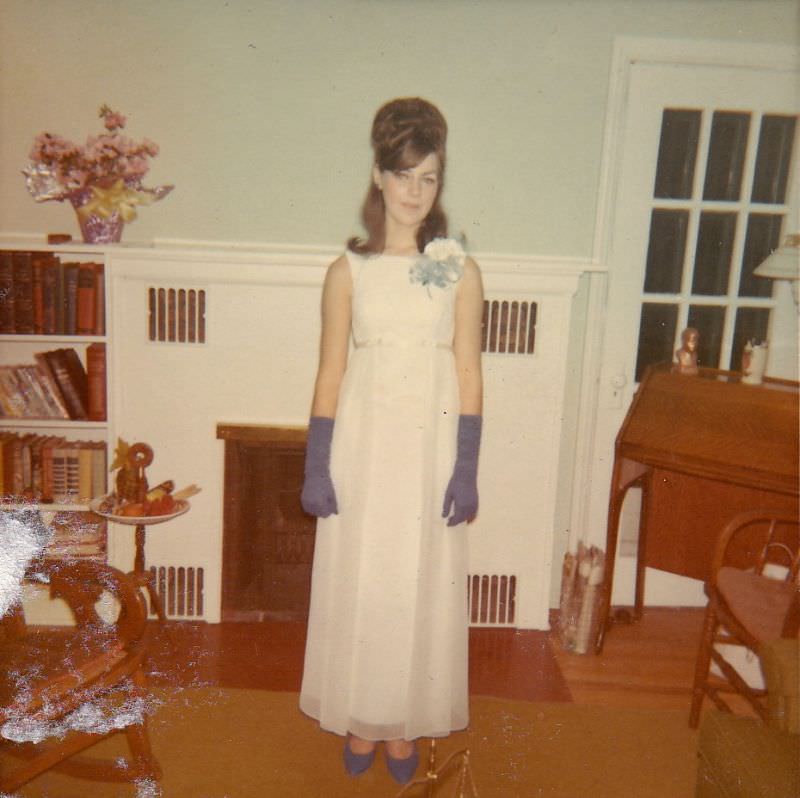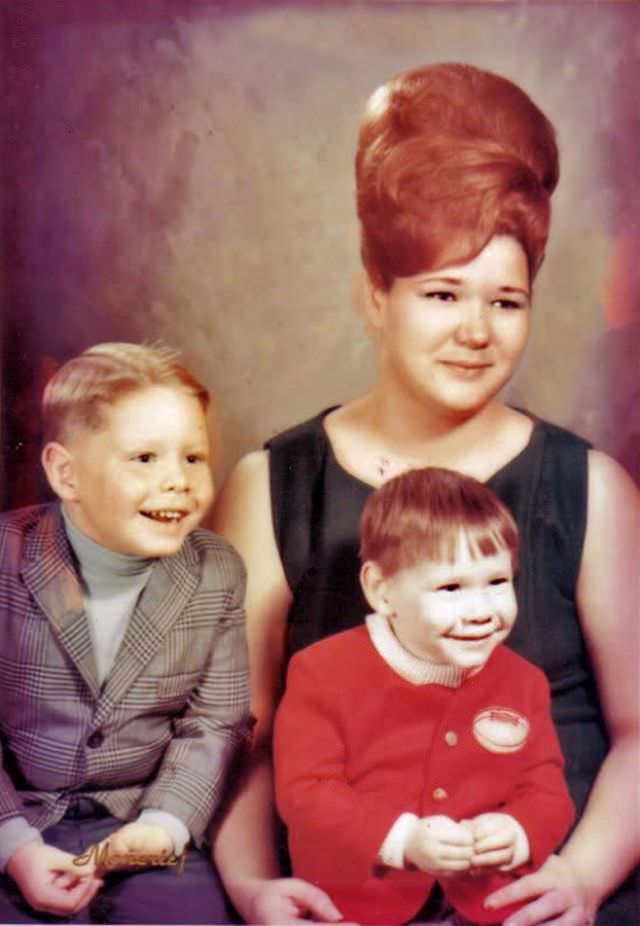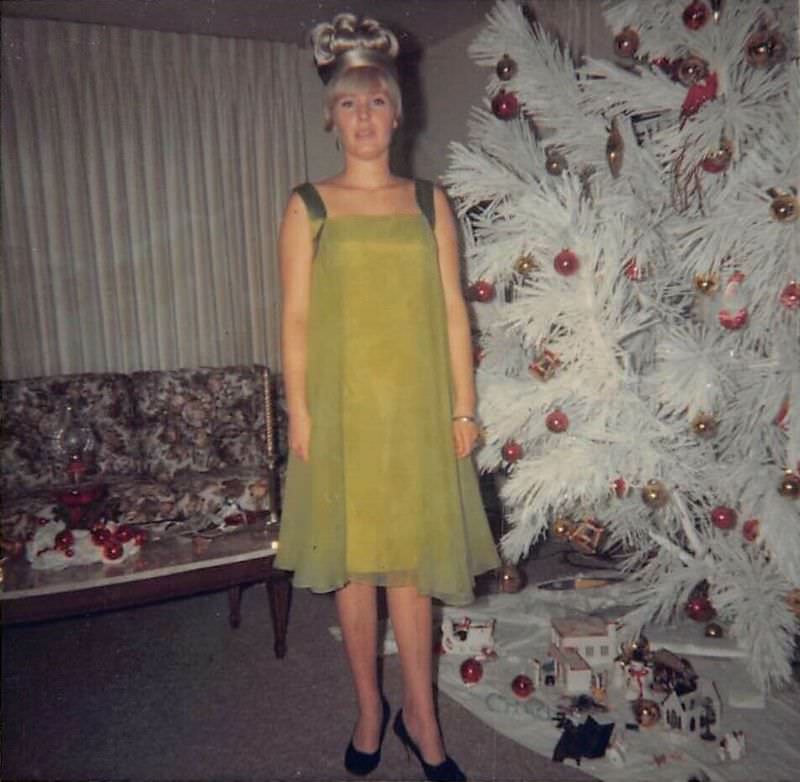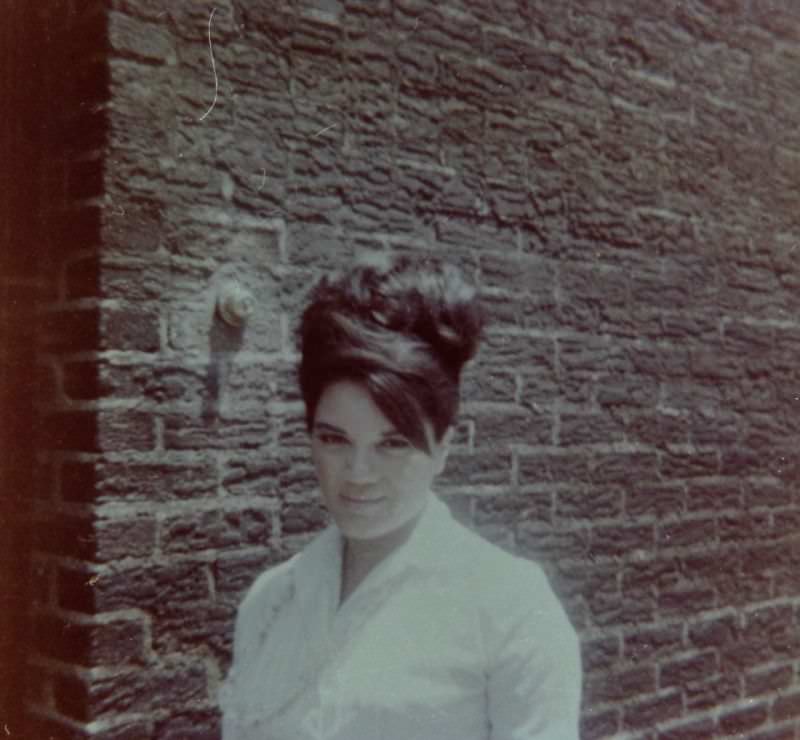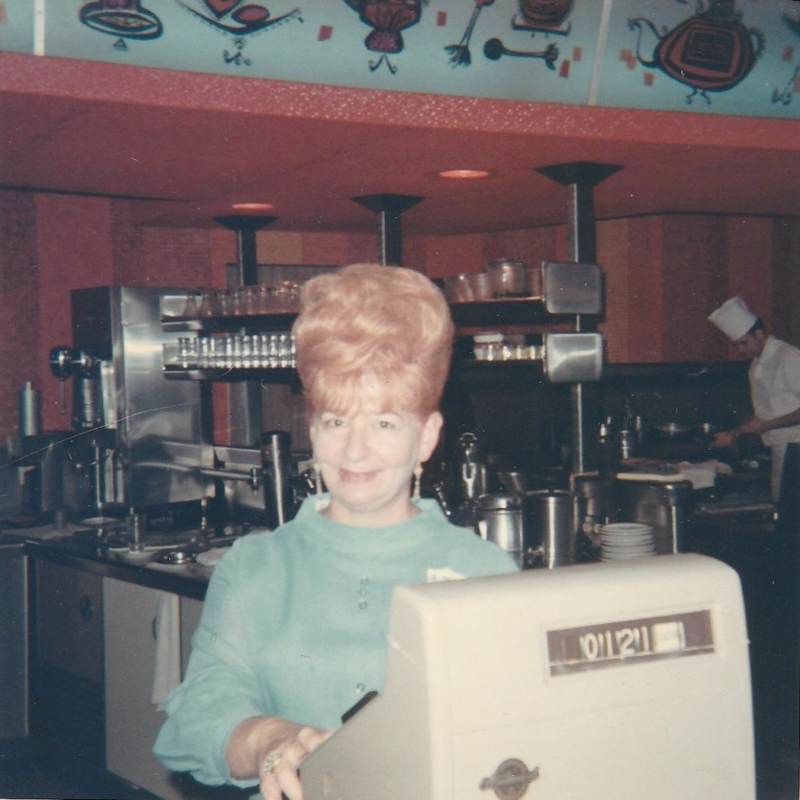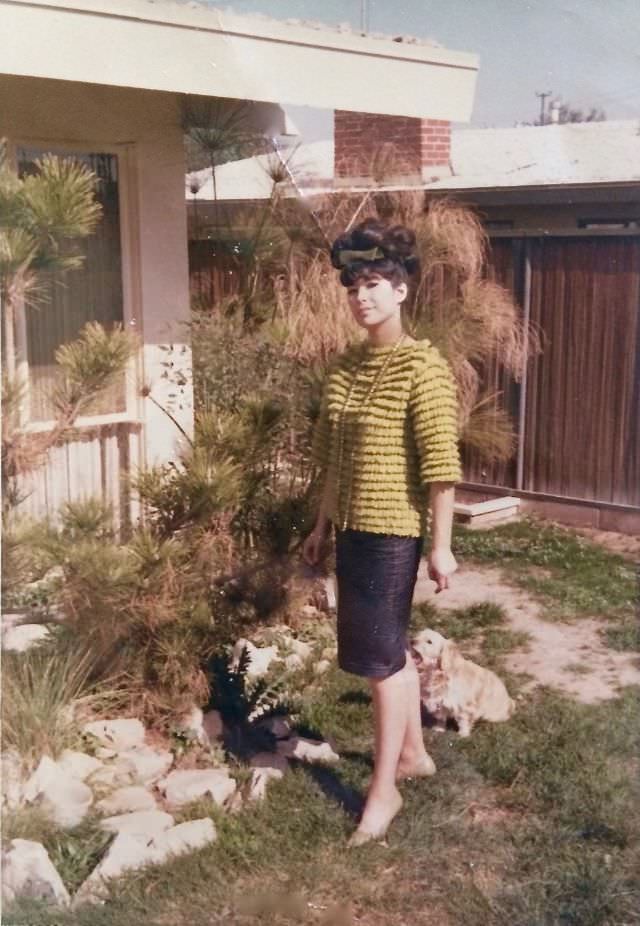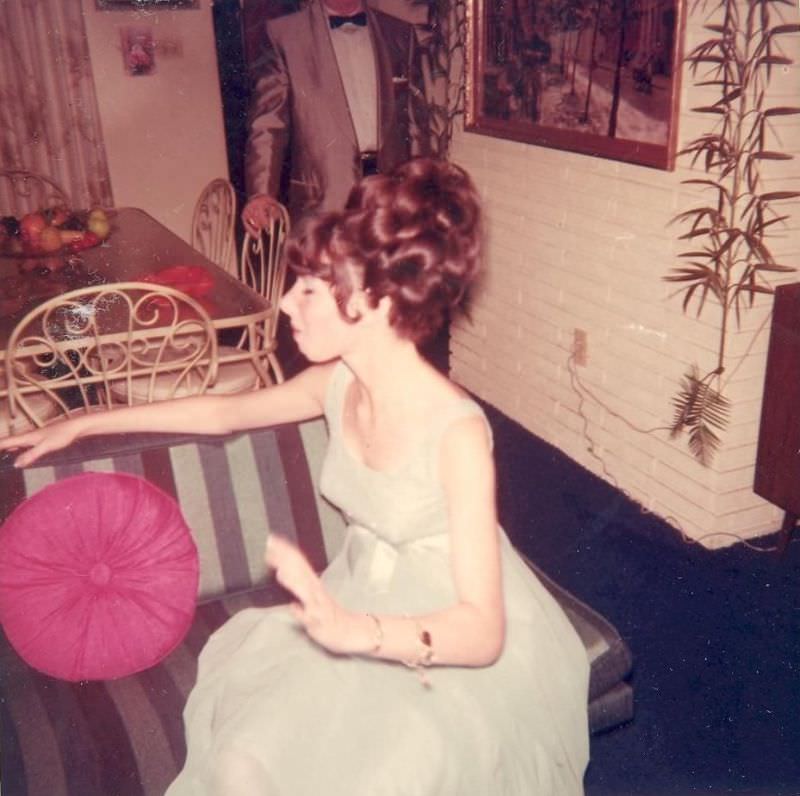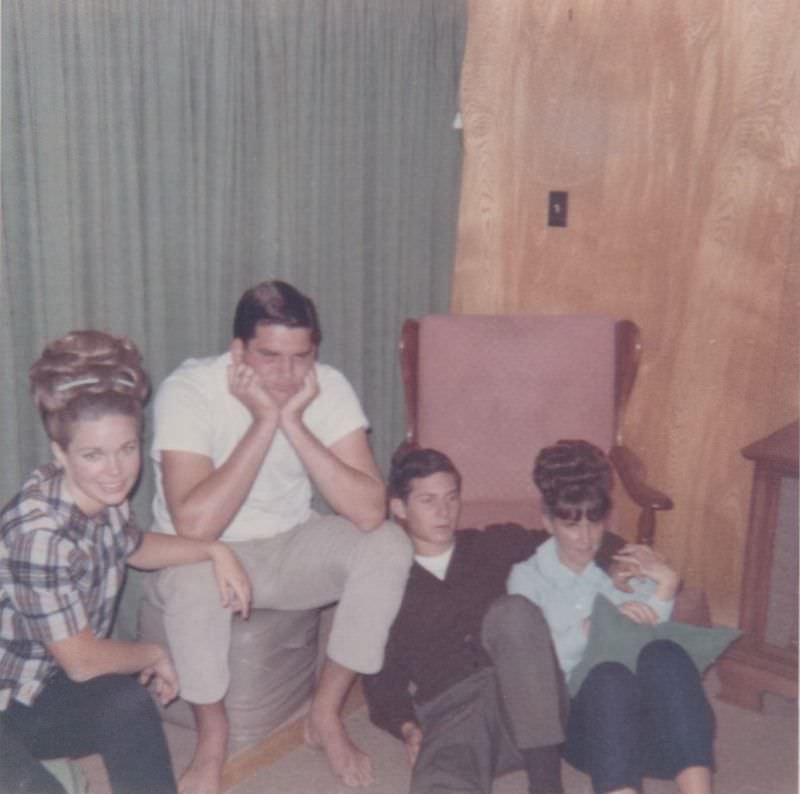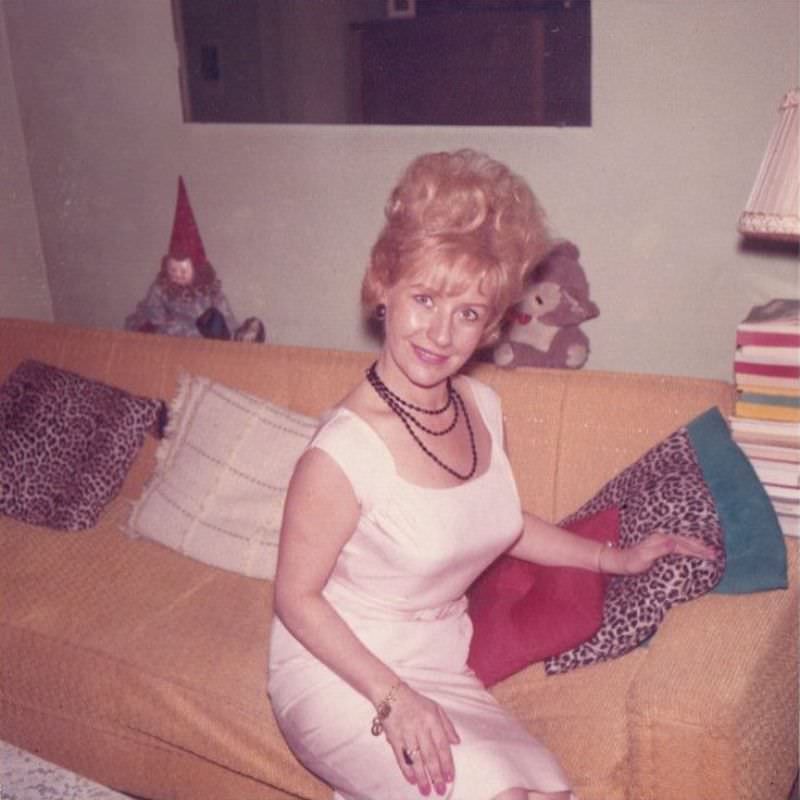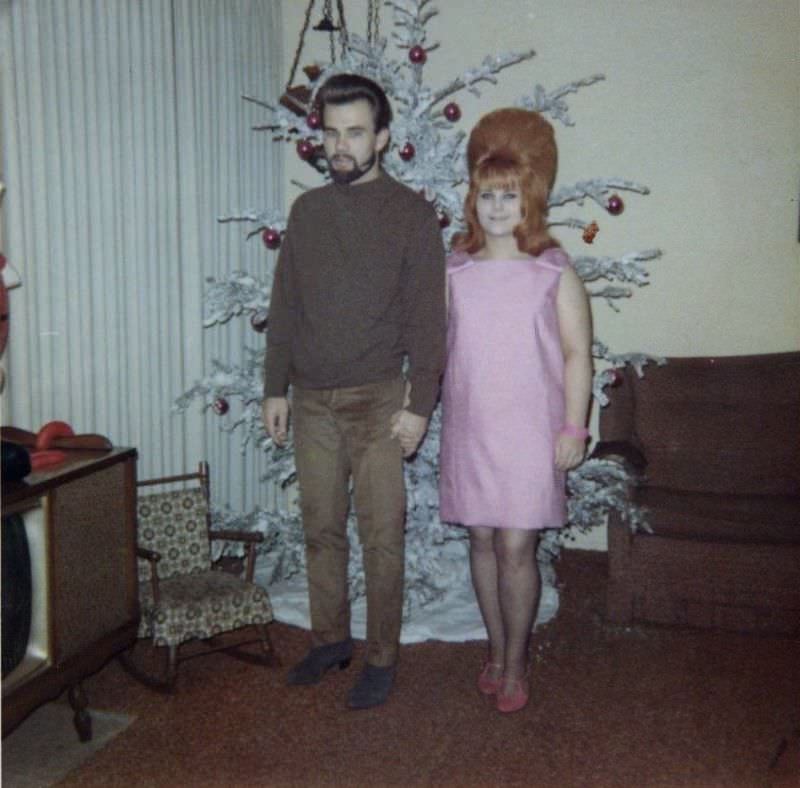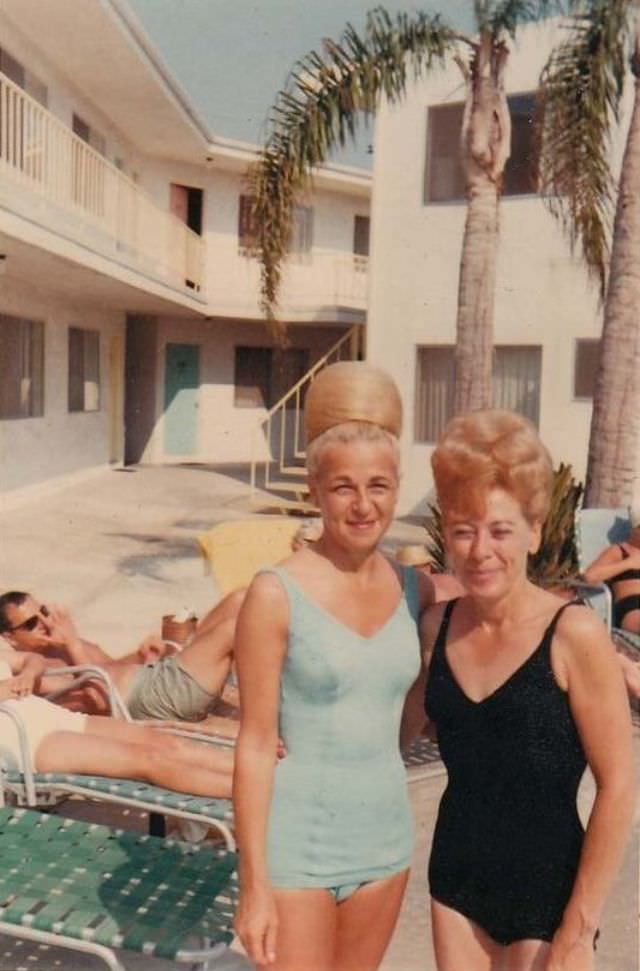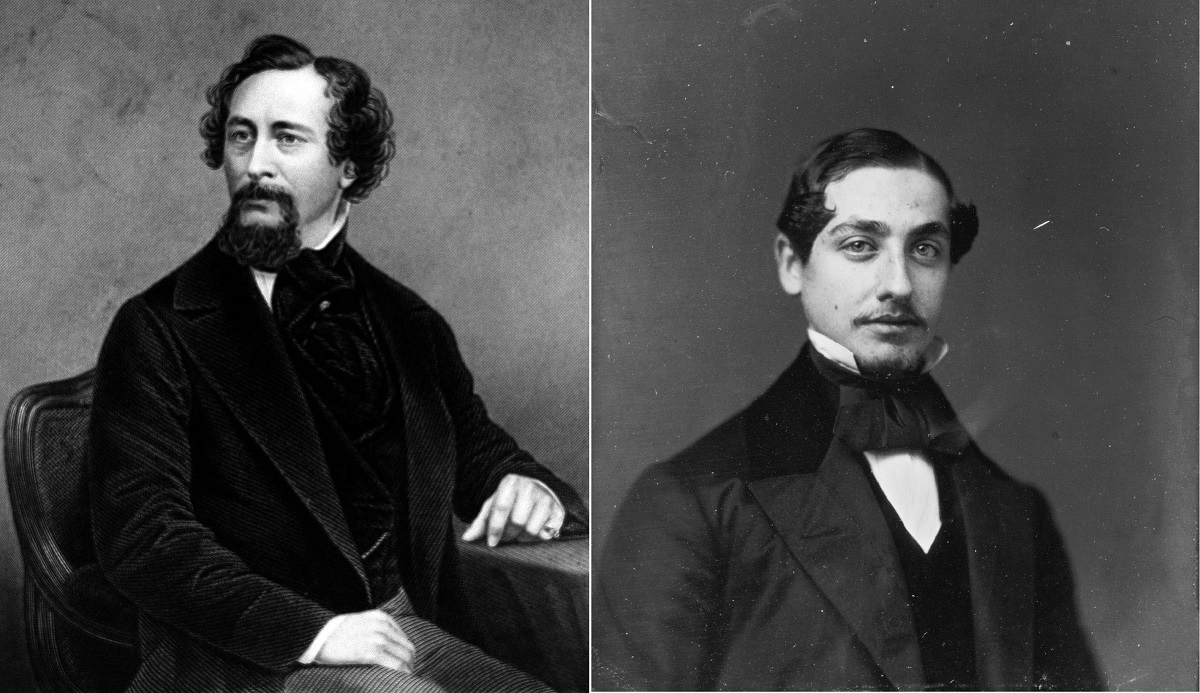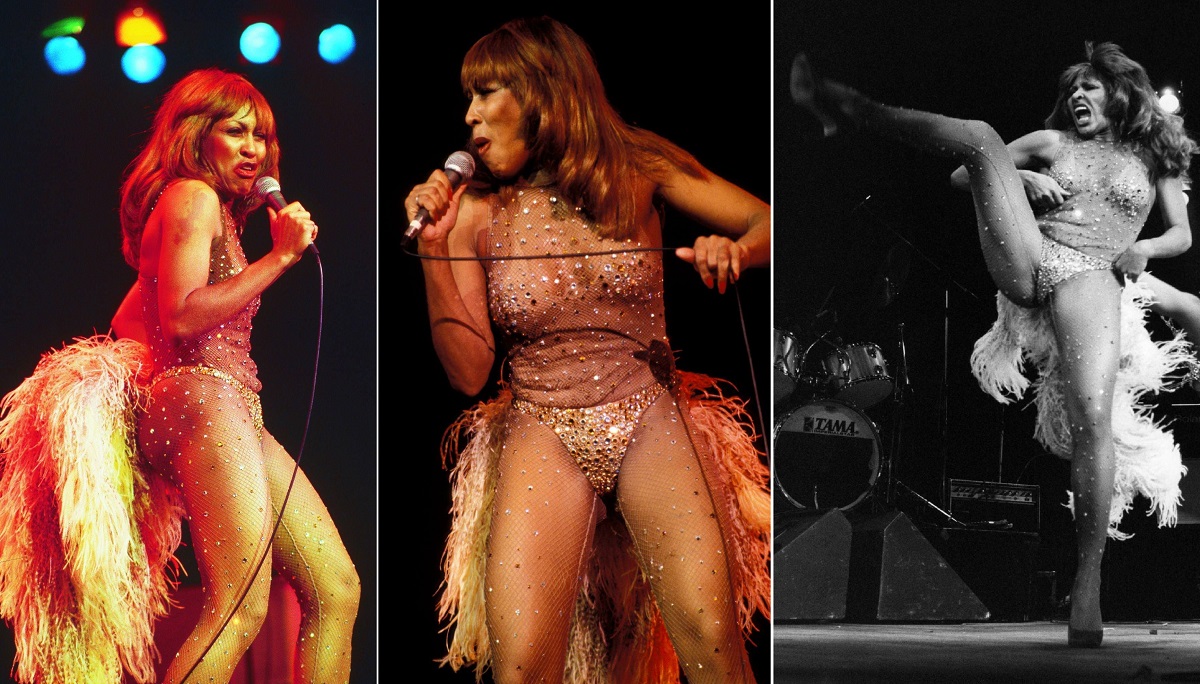The Beehive Hairdo, also known as the B-52, was first popularized by Margaret Vinci Heldt, a hairstylist from Chicago, in 1960. Heldt was tasked with creating a hairstyle that would capture the decade’s spirit for a magazine cover, and thus the Beehive was born. The style consisted of a high, rounded, and teased crown with long, sleek sides that framed the face, resembling the shape of a beehive.
The Beehive’s origin is also interesting. When American hairstylist Margaret Vinci Heldt did it for the first time, she didn’t come up with the name herself. When she presented her creation to the magazine editors, they exclaimed, “It looks like a beehive!” and the name stuck. This demonstrates the hairstyle’s striking visual resemblance to a beehive, which was undoubtedly a factor in its popularity.
The Beehive quickly became a hit among women, particularly those in the music industry. Famous singers like Dusty Springfield, Aretha Franklin, and Tina Turner were known for their towering beehive hairstyles, which became a symbol of glamour and femininity. Brigitte Bardot, the French actress and singer was known for her tousled blonde locks, which were often styled into a loose variation of the Beehive. Bardot’s signature hairstyle helped to popularize the Beehive across Europe, cementing its status as a global fashion phenomenon.
Interestingly, the Beehive was not only a hairstyle for women. Male musicians like The Beatles and The Monkees also sported variations of the Beehive, with their longer hair styled into high, teased poufs at the crown. This shows that the Beehive was not just a feminine hairstyle but a reflection of the more significant cultural shifts and experimentation happening during the 1960s.
The Beehive’s popularity continued throughout the early 1960s, with many women aspiring to recreate the style for themselves. The hairstyle required a lot of backcombing, teasing, and hairspray, which was no easy feat, but achieving the desired height and volume was worth it.
However, the Beehive’s reign ended by the late 1960s as the counterculture movement began to take hold. Women began to embrace more natural, free-flowing hairstyles, rejecting the heavily stylized and formal look of the Beehive. The rise of the feminist movement also played a role, as women began to reject traditional beauty standards and societal expectations. The hairstyle’s bold, dramatic shape and emphasis on volume and height continue to influence modern hairstyles, from the classic bouffant to the contemporary “bump” style. Additionally, the Beehive’s association with female empowerment and self-expression has symbolized women’s liberation, inspiring future generations of women to embrace their individuality and reject societal norms.
Despite its decline in popularity, the Beehive has remained an iconic symbol of the 1960s, and its influence can still be seen in modern hairstyles. Many celebrities have paid homage to the Beehive over the years, including Beyoncé, Adele, and Lady Gaga, proving that this classic style will always be a part of fashion history.


